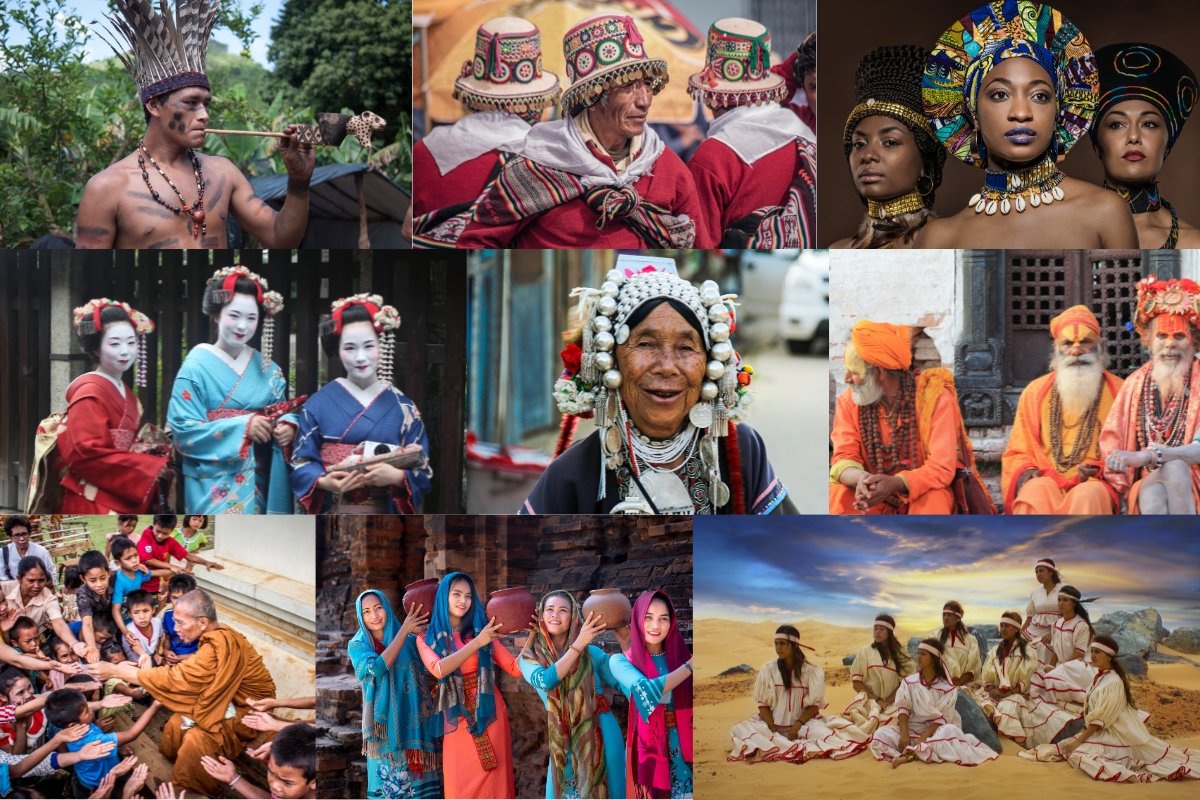nordic-circus.org – Beauty is a concept that has fascinated humanity since ancient times. It is a multifaceted notion that encompasses not only physical appearance but also personality, morality, and cultural values. The standards of beauty, however, are not universal; they vary greatly across different cultures and time periods. This article explores the diverse cultural standards of beauty around the world, highlighting how these ideals shape societal norms and individual perceptions of attractiveness.
The Evolution of Beauty Standards
Throughout history, the concept of beauty has evolved significantly. In ancient Greece, for example, a symmetrical face and a well-proportioned body were considered the pinnacle of beauty. During the Renaissance, the ideal beauty was characterized by a fuller figure, which symbolized wealth and fertility. In contrast, the 20th century saw a shift towards thinner body types, influenced by fashion and media.
Beauty Standards in Different Cultures
East Asia: The Pursuit of Pale Skin
In East Asian countries like China, Japan, and Korea, pale skin has long been associated with beauty. This standard dates back to ancient times when fair skin was a sign of high social status, as it indicated that a person did not have to work outdoors in the sun. Today, the beauty industry in these countries thrives on products that promise to lighten and brighten the skin.
Africa: The Celebration of Curves
In many African cultures, curves are celebrated as a symbol of beauty and fertility. Women with fuller figures are often considered more attractive. This is in stark contrast to the Western ideal of thinness. African beauty standards also emphasize natural hair and skin, with a variety of hairstyles and textures being appreciated.
South America: The Value of Voluptuousness
In countries like Brazil and Venezuela, beauty is often equated with voluptuousness. Women with hourglass figures are idealized, and there is a significant emphasis on physical appearance. This has led to a booming cosmetic surgery industry, with procedures like buttock augmentation being particularly popular.
The Middle East: The Art of Henna and Hijab
In Middle Eastern cultures, beauty is expressed through art forms like henna and the wearing of the hijab. Henna is used to create intricate designs on the hands and feet for special occasions, while the hijab is a symbol of modesty and elegance. The Middle Eastern beauty standard also values clear skin and well-groomed eyebrows.
The Impact of Globalization on Beauty Standards
With the advent of globalization and the rise of social media, beauty standards are becoming increasingly homogenized. Western ideals of beauty, propagated by Hollywood and the fashion industry, are influencing cultures around the world. This has led to a debate about the loss of cultural diversity in beauty standards and the pressure on individuals to conform to a narrow definition of attractiveness.
Conclusion
Beauty is a cultural construct that reflects the values and ideals of a society. While there are universal elements of beauty, such as symmetry and proportion, the specific standards vary greatly from one culture to another. As the world becomes more interconnected, it is important to recognize and respect the diverse beauty standards that exist. By doing so, we can celebrate the rich tapestry of human culture and promote a more inclusive understanding of beauty.
